Copper and copper alloys, as indispensable industrial metal materials, play a pivotal role in many fields such as biofilms and marine products by virtue of their excellent electrical and thermal conductivity, excellent corrosion resistance, good processing performance, and considerable strength and fatigue resistance. According to data, the application of copper alloys in electrical, construction, transportation and other industries accounts for more than 60%, which shows its importance.
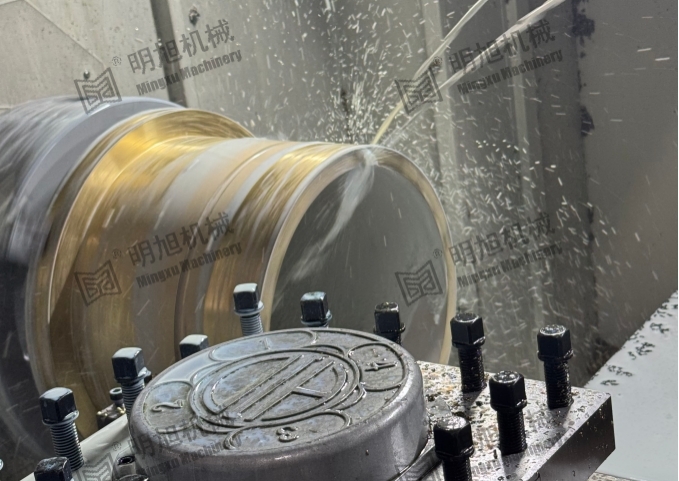
The heat treatment of copper alloys is a process that includes multiple precision steps such as heating, insulation, and cooling. Its core purpose is to optimize the various properties of copper alloys, such as strength, hardness, plasticity and corrosion resistance.
1. Main methods of heat treatment
Annealing
- Homogenization annealing: Mainly used in ingots and castings, aiming to achieve uniform distribution of chemical composition. After this treatment, the chemical composition unevenness of the casting can be reduced to less than 5%.
- Stress relief annealing: Effectively eliminate the residual internal stress accumulated during deformation processing, welding, and casting, ensure the dimensional stability and reliable performance of cold-deformed or welded parts, and prevent workpiece deformation during cutting. Stress relief annealing is particularly necessary for cold-deformed brass, aluminum bronze, silicon bronze and other materials with significant tendency to stress corrosion cracking. The annealing temperature is usually between 230~350℃, and the holding time is about 30~60 minutes.
- Recrystallization annealing: also known as softening annealing, covering intermediate annealing, finished product annealing and billet annealing. Intermediate annealing is carried out between two cold rollings. It is heated to above the recrystallization temperature, and then slowly cooled after holding, which helps to eliminate work hardening. Finished product annealing is for materials that are cold rolled to finished product size. The desired properties and state are obtained by precisely controlling the annealing temperature and holding time. Billet annealing is for billets after hot rolling, aiming to eliminate the hardening caused by incomplete thermal deformation and promote structural homogenization.
Solid solution treatment (quenching)
- Purpose: Heat the alloy to a temperature at which the second phase is completely or maximally dissolved in the solid solution, and cool rapidly after holding to inhibit the second phase from re-precipitating and form a supersaturated solid solution. The quenching temperature needs to be lower than the eutectic temperature and higher than the solubility line temperature. The holding time mainly depends on the dissolution rate of the strengthening phase. The shorter the quenching transfer time, the better. The water temperature is usually controlled below 25°C to ensure the quenching effect.
Aging treatment (tempering)
- Purpose: Promote the precipitation of fine and dispersed particles in the supersaturated solid solution, thereby enhancing the alloy properties. Aging treatment usually adopts artificial aging or direct artificial aging after hot working. For alloys that have been aged, if internal stress is generated for some reason, re-aging is required (the temperature is slightly lower than the previous stage). The temperature control accuracy is extremely high, generally not exceeding ±3°C.
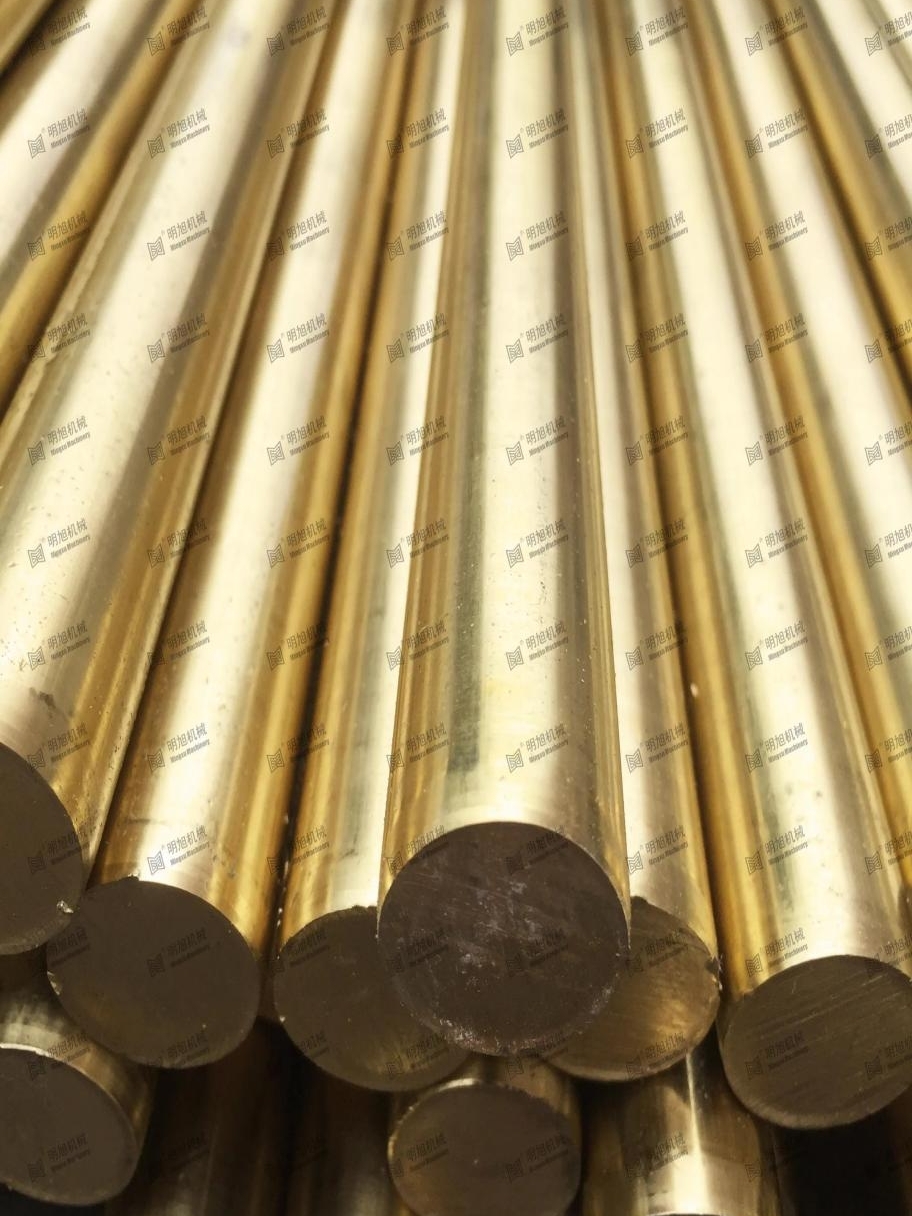
2. Precautions for heat treatment
- Heating method: Copper alloy heat treatment can be carried out by furnace heating, induction heating and other methods. Reasonable selection of heating method can significantly reduce the risk of oxidation and combustion, and improve the efficiency and effect of heat treatment.
- Temperature control: Temperature control in heat treatment is crucial. Too high temperature may lead to coarse grains, element volatilization and even overburning; too low temperature will make it difficult to achieve the expected performance improvement effect. Therefore, the temperature needs to be accurately controlled according to the specific material and process requirements.
- Time control: The holding time of each stage such as preheating, homogenization annealing, quenching, tempering, etc. needs to be carefully adjusted according to the material and process to ensure the best heat treatment effect.
Atmosphere control: In some heat treatment processes, the atmosphere needs to be controlled to reduce oxidation and combustion. For example, vacuum heat treatment reduces oxidation risk through vacuum environment; protective atmosphere heat treatment uses inert gas (such as nitrogen) or reducing gas (such as hydrogen) to prevent oxidation and combustion.
3. Application of heat treatment
- Cast copper alloys: Most cast copper alloys are used directly in the cast state and cannot be strengthened by heat treatment. However, a few, such as beryllium bronze, chromium bronze, silicon bronze and some high-copper alloys, can achieve performance optimization through heat treatment.
- Deformed copper alloys: Cold-formed copper semi-finished products (such as wires, plates, bars, pipes, etc.) have work hardening phenomenon, which needs to be eliminated through stress relief annealing and recrystallization annealing to improve plasticity; at the same time, its strength and hardness can also be improved through solution treatment and aging treatment. Data show that the strength and hardness of heat-treated deformed copper alloys can be increased by more than 20%, and the plasticity is also significantly improved.
In summary, the heat treatment of copper alloys is a complex and delicate process, and the heat treatment method and parameters need to be accurately selected according to the alloy composition, processing state and performance requirements.
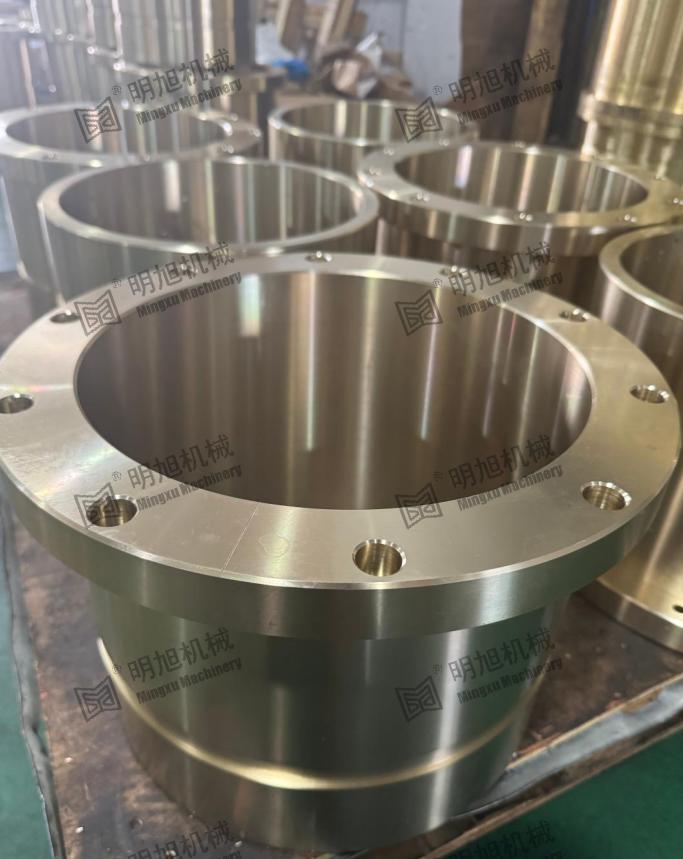
Zhejiang Mingxu Machinery Manufacturing Co., Ltd. mainly deals in self-lubricating bearings and linear bearings. It has more than ten years of production and research and development experience in copper alloy processing. Welcome to discuss technology and exchange products with us: [email protected].




 English
English Español
Español


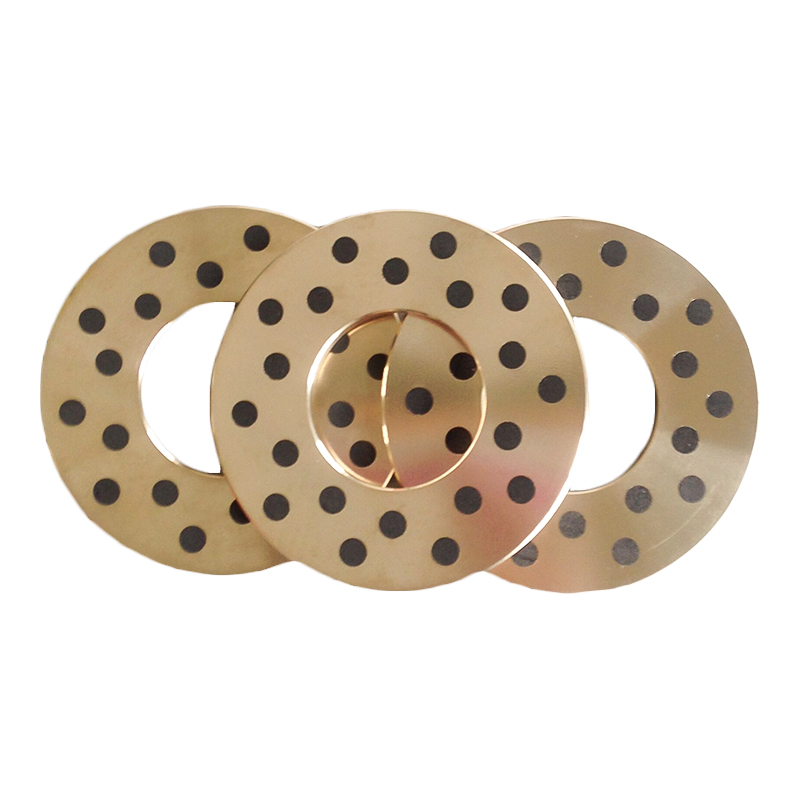






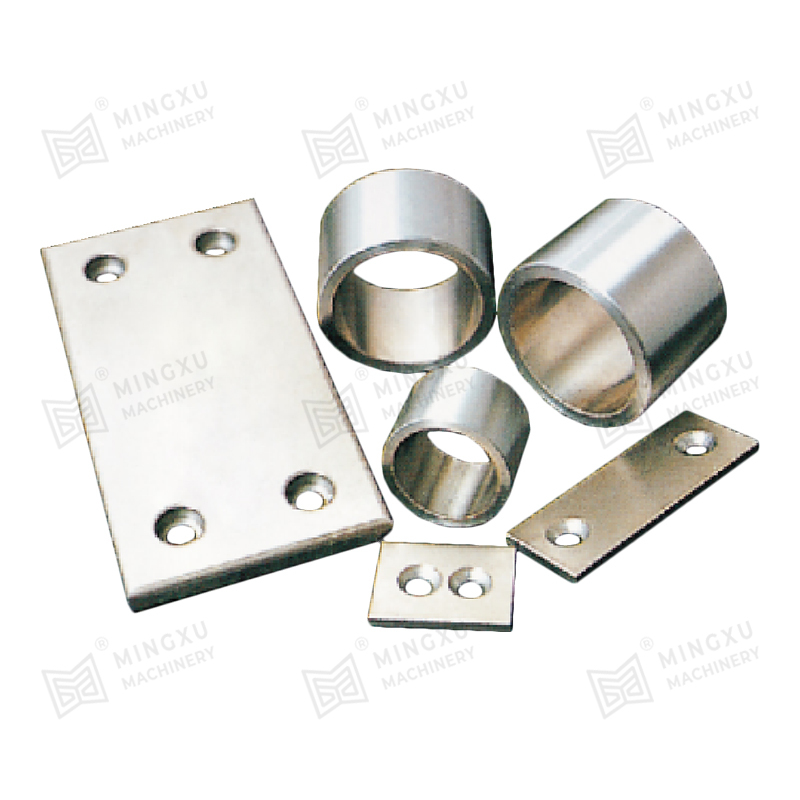
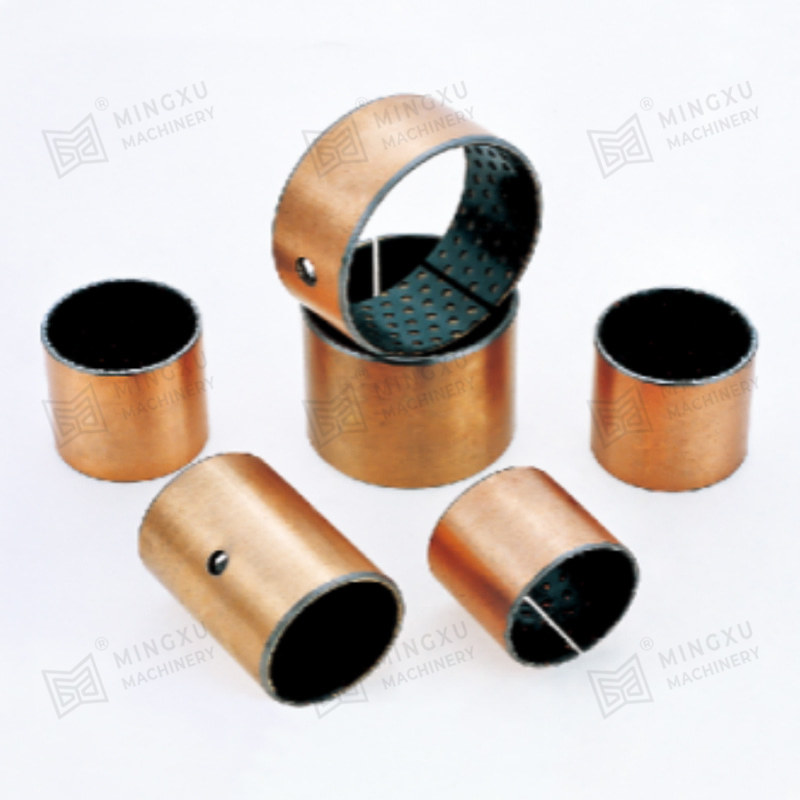
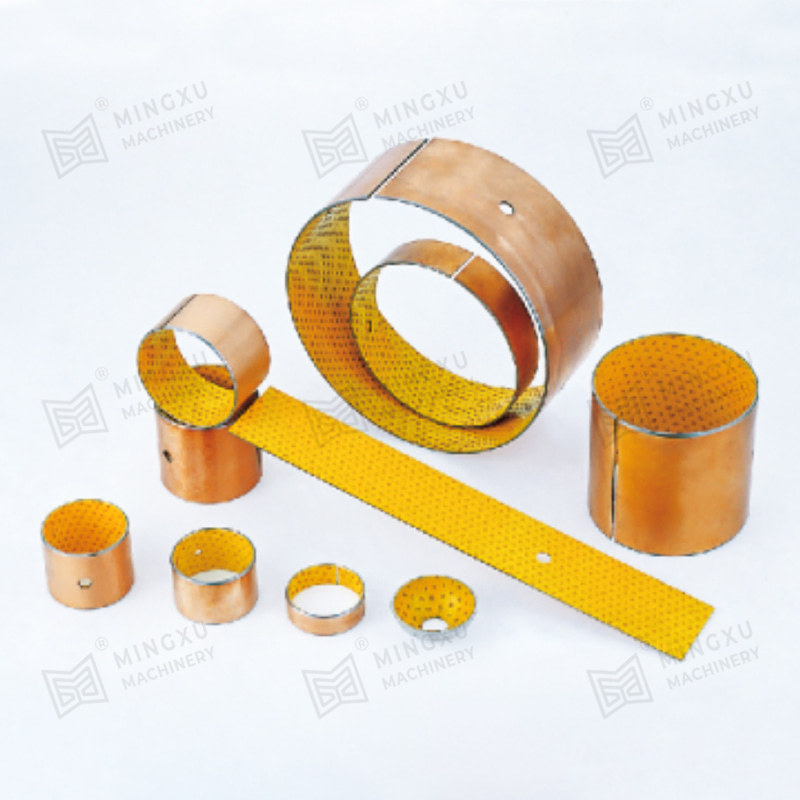







Contact Us